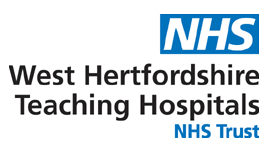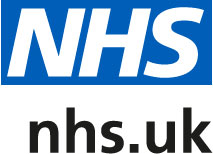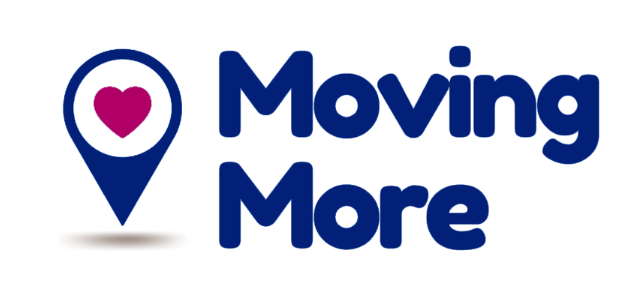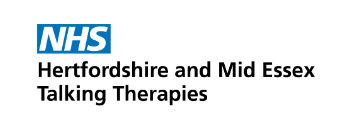Everest House Surgery
Everest Way, Hemel Hempstead, Herts, HP2 4HY
Telephone: 01442 500 164
We're open

Rema Counselling Patient Participation Group Global IT outage: Statement from HWE ICB Friday 19 July Dacorum Mencap Learning Disability annual checks Coffee for Carers event PLT information Young People’s Event Bladder Cancer Awareness Month NEW PHONE SYSTEM Pharmacy First
Breast Screening Information
Why the NHS offers breast screening
The NHS offers screening to save lives from breast cancer. Screening does this by finding breast cancers at an early stage when they are too small to see or feel. Screening does not prevent you from getting breast cancer.
Breast screening does have some risks. Some women who have screening will be diagnosed and treated for breast cancer that would never otherwise have been found or caused them harm.
Why you have been invited for breast screening
All women aged 50 up to their 71st birthday are invited for breast screening every 3 years. The NHS sends out first invitations to screening some time between your 50th and 53rd birthdays.
If you are aged 71 or over, you are still at risk of breast cancer. Although you will no longer receive screening invitations after your 71st birthday, you can still have breast screening every 3 years. You will need to ask your local breast screening unit for an appointment. Find details of your local unit on the NHS.UK website.
Some local breast screening services may send you SMS (text) appointment reminders for breast screening.
If you identify as a transgender (trans) man or woman, more information about your eligibility for screening can be found online at https://www.gov.uk/government/publications/nhspopulation-screening-information-for-transgender-people.
Breast cancer
Breast cancer starts when cells in the breast begin to grow in an uncontrolled way and build up to form a lump (also known as a tumour). As the cancer grows, cells can spread to other parts of the body and this can be life-threatening.
Breast cancer is the most common type of cancer in the UK. About 12,000 women in the UK die of breast cancer every year. Survival from the disease has been improving over time, and now about 3 out of 4 women diagnosed with breast cancer are alive 10 years later.
Your risk of getting breast cancer goes up as you get older. About 4 out of 5 breast cancers are found in women over 50 years old. Most women with breast cancer do not have a family history of the disease.
Breast screening
Breast screening uses an X-ray test called a mammogram to check the breast for signs of cancer. It can spot cancers that are too small to see or feel.
Choosing to have breast screening
When you arrive at the breast screening unit, the staff will check your details and ask you about any breast problems you have had. If you have any questions, please ask.
Mammograms are carried out by women called mammographers. The mammographer will first explain what will happen. She will then place your breast onto the mammogram machine and lower a plastic plate onto it to flatten it. This helps to keep your breast still and get clear X-rays.
The mammographer will usually take 2 X-rays of each breast, one from above and one from the side. She will go behind a screen while the X-rays are taken. You have to keep still for several seconds each time.
The whole appointment takes less than 30 minutes and the mammogram only takes a few minutes.
You may be asked if you want to take part in a clinical trial
These are medical research studies. Any trial you are offered will gather information about the best types of breast cancer tests or treatments so we can help women more effectively in the future. You can choose whether to take part or not.
Preparing for your mammogram
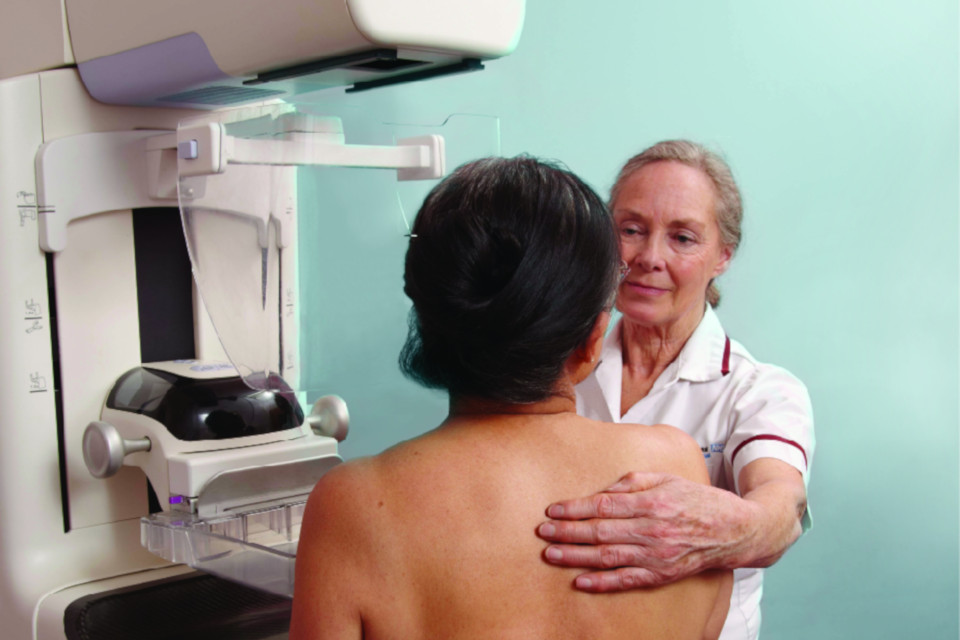
To have a mammogram, you need to undress to the waist. So it may be easier to wear a skirt or trousers instead of a dress.
Please do not use a spray deodorant or talcum powder as this may show up on your mammogram. You can use roll-on deodorant.
What having a mammogram feels like
Having a mammogram can be uncomfortable, and some women find it painful. Usually, any pain passes quickly.
Please phone your breast screening unit before coming for your appointment if you:
- need information in another format
- need additional support to attend screening, for example if you have a learning disability or mobility problems
- have breast implants
- have a pacemaker or any other implanted medical device
- are pregnant or breastfeeding
- are under the care of a breast consultant
- have had a mammogram in the last 6 months
Breast screening results
You will receive a letter with your breast screening results within 2 weeks of your appointment. The results will also be sent to your GP.
Occasionally women will need another mammogram before they get their result. Sometimes technical problems mean that the mammogram is not clear enough to read. If this happens, you will be asked to have another mammogram to get a clearer picture of your breast.
Most women will have no sign of cancer
In about 96 out of every 100 women screened the mammogram will show no sign of cancer, and no further tests are needed.
Cancer can still develop between mammograms. Remember to check your breasts and tell your GP straight away if you notice any unusual changes.
Some women will need more tests
The results letter may say you need more tests because the mammogram looks abnormal. About 4 in every 100 women are asked to come back for more tests after screening.
Out of these 4 women, 1 will be found to have cancer. The rest will not have cancer and will go back to having screening invitations every 3 years.
If you are called back for more tests, you may have a breast examination, more mammograms and ultrasound scans. You may also have a biopsy, which is when a small sample is taken from your breast with a needle to be checked under a microscope. You will usually get your results within a week.
Making a choice: the possible benefits and risks of breast screening
It is your choice whether or not you have breast screening. There are many different reasons why women decide whether or not to have screening. To help you decide, we have included information on the possible benefits and risks.
Screening saves lives from breast cancer.
Lives are saved because cancers are diagnosed and treated earlier than they would have been without screening.
Screening finds breast cancers that would never have caused a woman harm.
Some women will be diagnosed and treated for breast cancer that would never otherwise have been found and would not have become life-threatening. This is the main risk of screening.
Doctors cannot always tell whether a breast cancer that is diagnosed will go on to be life-threatening or not, so they offer treatment to all women with breast cancer. This means that some women will be offered treatment that they do not need.
Weighing up the possible benefits and risks of breast screening
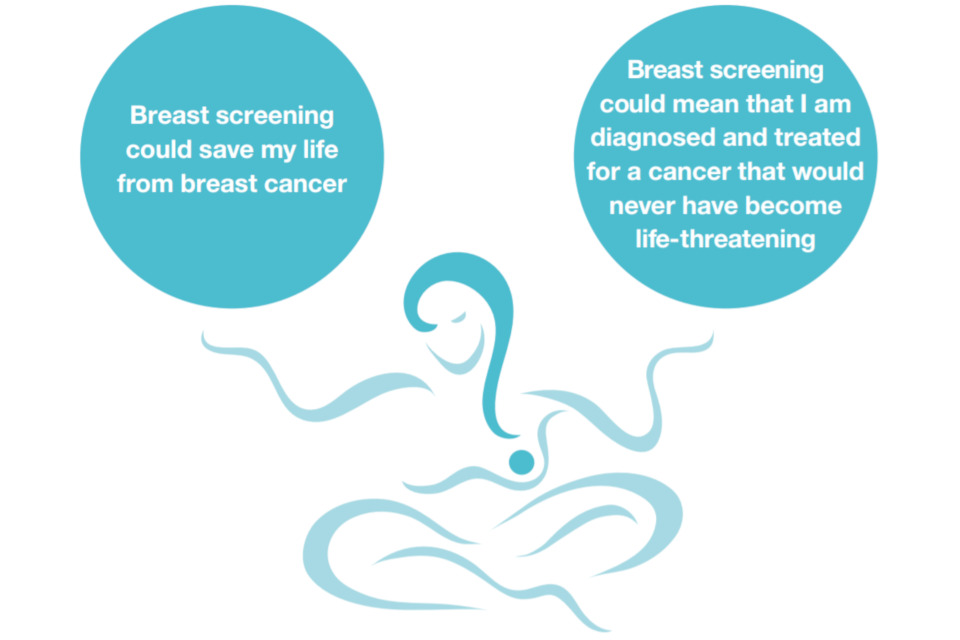
There is debate about how many lives are saved by breast screening and how many women are diagnosed with cancers that would never have become life-threatening. The numbers below are the best estimates from a group of experts who have reviewed the evidence.
Saving lives from breast cancer
Screening saves about 1 life from breast cancer for every 200 women who are screened. This adds up to about 1,300 lives saved from breast cancer each year in the UK.
Finding cancers that would never have caused a woman harm
About 3 in every 200 women screened every 3 years from the age of 50 up to their 71st birthday are diagnosed with a cancer that would never have been found without screening and would never have become life-threatening. This adds up to about 4,000 women each year in the UK who are offered treatment they did not need.
Overall, for every 1 woman who has her life saved from breast cancer, about 3 women are diagnosed with a cancer that would never have become life-threatening.
Researchers are trying to find better ways to tell which women have breast cancers that will be life-threatening and which women have cancers that will not.
Can breast screening have other risks?
Most women who need more tests after breast screening are found not to have breast cancer. These women experience unnecessary worry and some feel distress which affects their ability to do their normal day-to-day activities at the time.
X-rays can very rarely cause cancer. Having mammograms every 3 years for 20 years very slightly increases the chance of getting cancer over a woman’s lifetime.
Mammograms do not find all cancers. Sometimes they cannot be seen on the mammogram, and very occasionally mammogram readers will miss a cancer on the X-ray. Your breasts may change between screening appointments so it is important to check your breasts regularly to know what is normal for you. Please talk to your GP if you have any concerns.
Symptoms of breast cancer
If you get to know how your breasts normally look and feel, you will be more likely to spot any changes that could be signs of breast cancer. This is important even if you have been for breast screening. Look out for:
- a lump or thickening in the breast
- a swelling or lump in the armpit
- a change in the nipple, which might be pulled back into the breast, or change shape – you might have a rash that makes the nipple look red and scaly, or have blood or another fluid coming from the nipple
- a change in how the breast feels or looks – it may feel heavy, warm or uneven, or the skin may look dimpled; the size and shape of the breast may change
- constant pain or discomfort in the breast or armpit lasting a number of weeks
If you have any change to your breast, you should complete an eConsult form. You may not have cancer. But if you do, being diagnosed and treated at an early stage may mean you are more likely to survive breast cancer.
To obtain this information in another language please click here.


